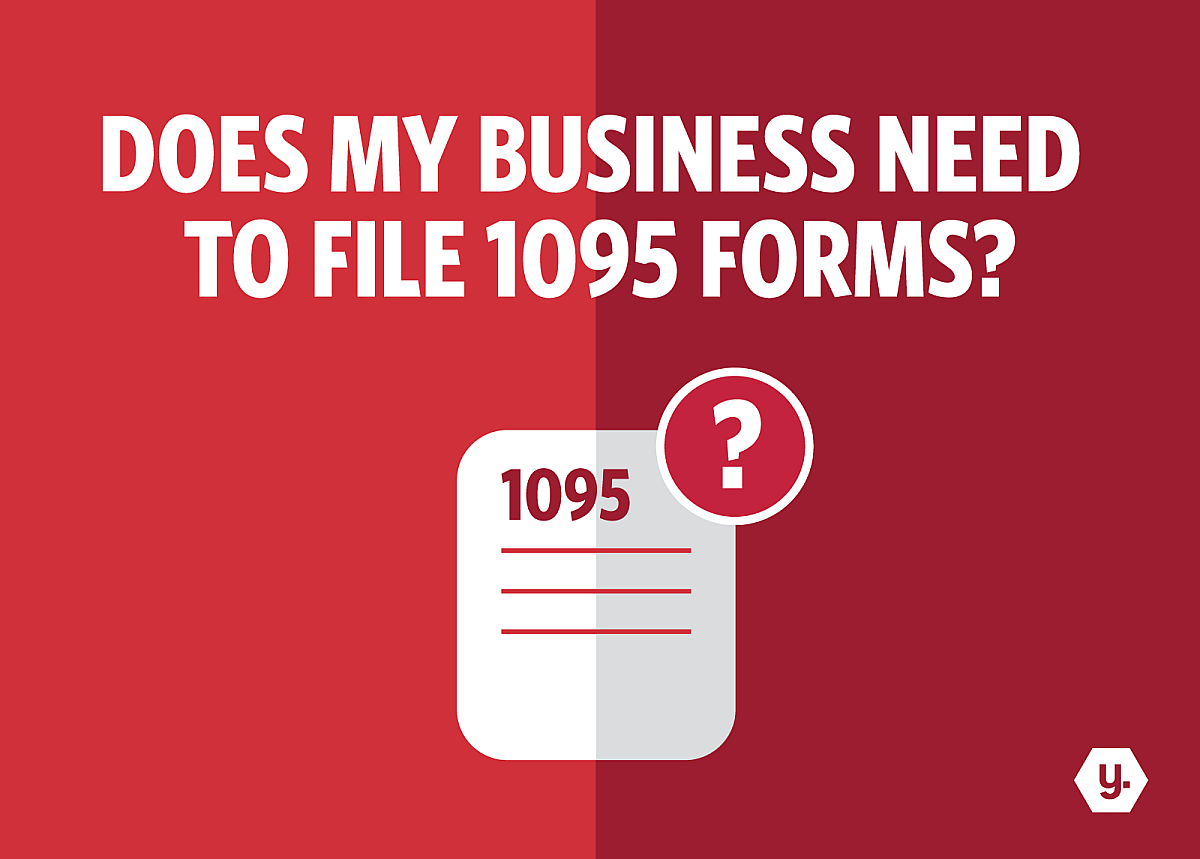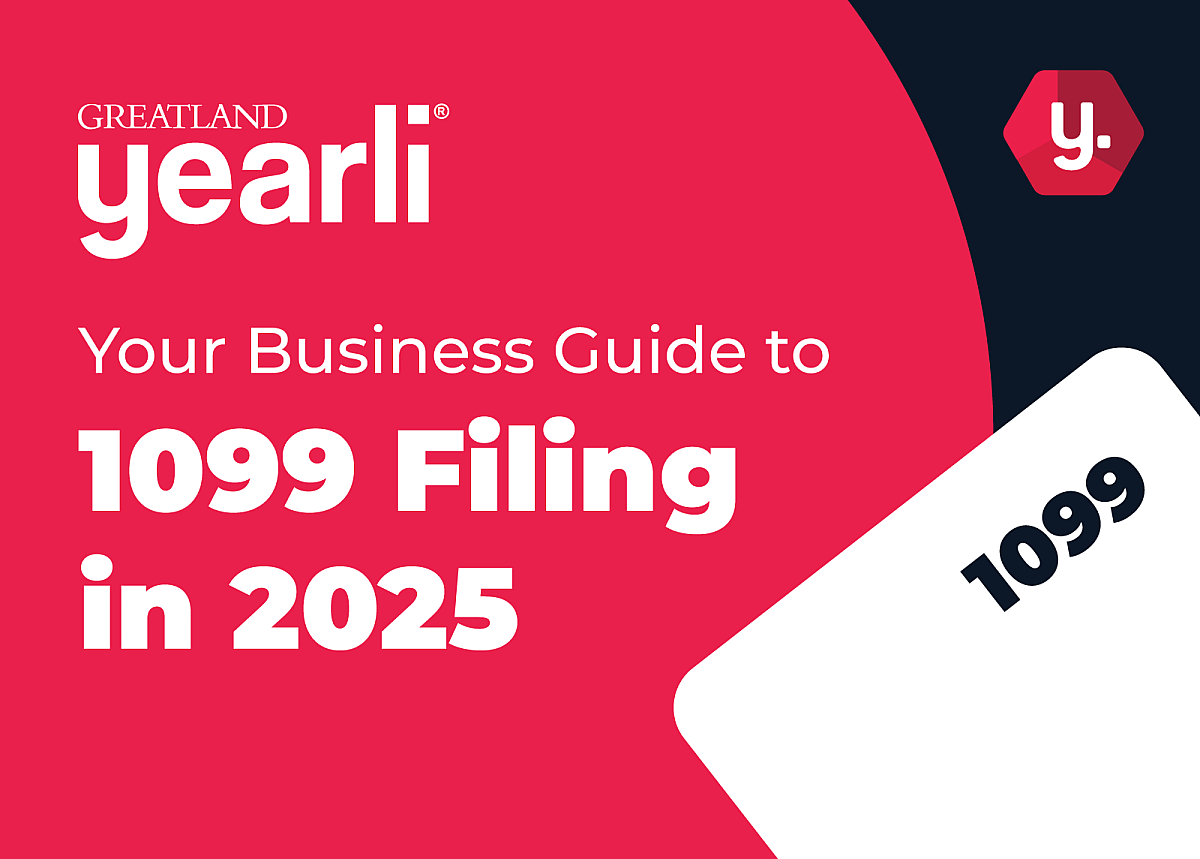
IRS Penalties on Businesses to Increase in 2024
It’s Almost Filing Time: Know Your Forms, Deadlines and Ways to Avoid Big Penalties in 2024
Businesses are gearing up for a busy W-2, 1099 & 1095 filing season in the months ahead, navigating through an accelerated reporting season and getting re-acquainted with specific state and federal requirements.
Now is the time for businesses to remember the importance of planning ahead to avoid problems in January and beyond
January 31, 2025 Federal and Recipient Filing Deadlines
| Form Type | Send To |
| W-2 | SSA & Recipient |
| 1099-MISC/NEC | IRS & Recipient |
Forms 101
There are two different reporting forms used for two types of workers: 1099s and W-2s. Independent contractors receive 1099 forms and traditional employees will receive a W-2 every year. It can often be difficult to classify workers, and costly if you make a mistake.
A W-2 is the form employers will use to report yearly wage and withholding information. An employer needs to provide this form to employees no later than January 31, 2025. By definition, an employee is anyone who performs services for an employer and the employer can control what will be done and how it will be done. This is true even when an employer gives an employee freedom of action.
A 1099-MISC or 1099-NEC is the form businesses use to report income, such as income earned as a contract or freelance worker, as well as fees, royalties, commissions and rental income. If you are an employer who uses contractors or freelance workers whom you paid at least $600 during the year, you must provide them with a 1099-MISC or 1099-NEC form to report this income. An individual is considered an independent contractor if the payer has the right to control or direct only the result of the work and not how it will be done. An employer generally does not withhold federal income tax or Social Security/Medicare taxes for independent contractors.
A 1095-C is the form employers will use to report health coverage for employees (1095-B for self-insured employers with fewer than 50 full-time employees). It is important to note that all self-insured employers, regardless of size, must report healthcare coverage information to employees and the IRS. Full-time employees are defined as those who worked an average of at least 30 hours per week or 130 service hours in a calendar month. Using this guideline, businesses may discover that even though they have less than 50 full-time employees according to other definitions, they still meet the requirements for ACA reporting.
Penalties
Returns Due January 1, 2025, through December 31, 2025
- $60 per information return if you correctly file within 30 days; maximum penalty $664,500 per year ($232,500 for small businesses)
- $130 per information return if you correctly file more than 30 days after the due date but by August 1; maximum penalty $1,993,500 ($664,500 for small businesses)
- $330 per information return if you file after August 1 or you do not file required information returns; maximum penalty $3,987,000 per year ($1,329,000 for small businesses)
- Intentional disregard of filing requirements—If any failure to file a correct information return is due to intentional disregard of the filing or correct information requirements, the penalty is at least $660 per information return with no maximum penalty.
Latest News
-
 November 25, 2025
November 25, 2025New Alternative Furnishing Method for Forms 1095-B and 1095-C Comes with Complexities
The IRS has updated the Affordable Care Act (ACA) reporting process for Forms 1095-B and 1095-C. These changes aim to reduce administrative costs and simplify reporting, but they also create new compliance challenges for employers and health insurance providers.Read More -
 October 8, 2025
October 8, 2025Your Business Guide to 1099 Filing in 2025: Deadlines and Compliance Tips with Yearli
Businesses must prepare for 2025 IRS 1099 filing by understanding key deadlines for Forms 1099-NEC and 1099-MISC and leveraging e-filing tools like Yearli to stay compliant. This guide outlines important dates, recent IRS updates, and practical tips to avoid penalties and streamline the filing process.Read More -
December 30, 2024
Understanding Form 1099-DA: A Comprehensive Guide to Filing for Digital Asset Transactions
As the use of digital assets like cryptocurrencies and non-fungible tokens (NFTs) continues to grow, so does the need for clear tax reporting guidelines. To address this, the IRS has introduced Form 1099-DA, which will be required starting in 2025.Read More
